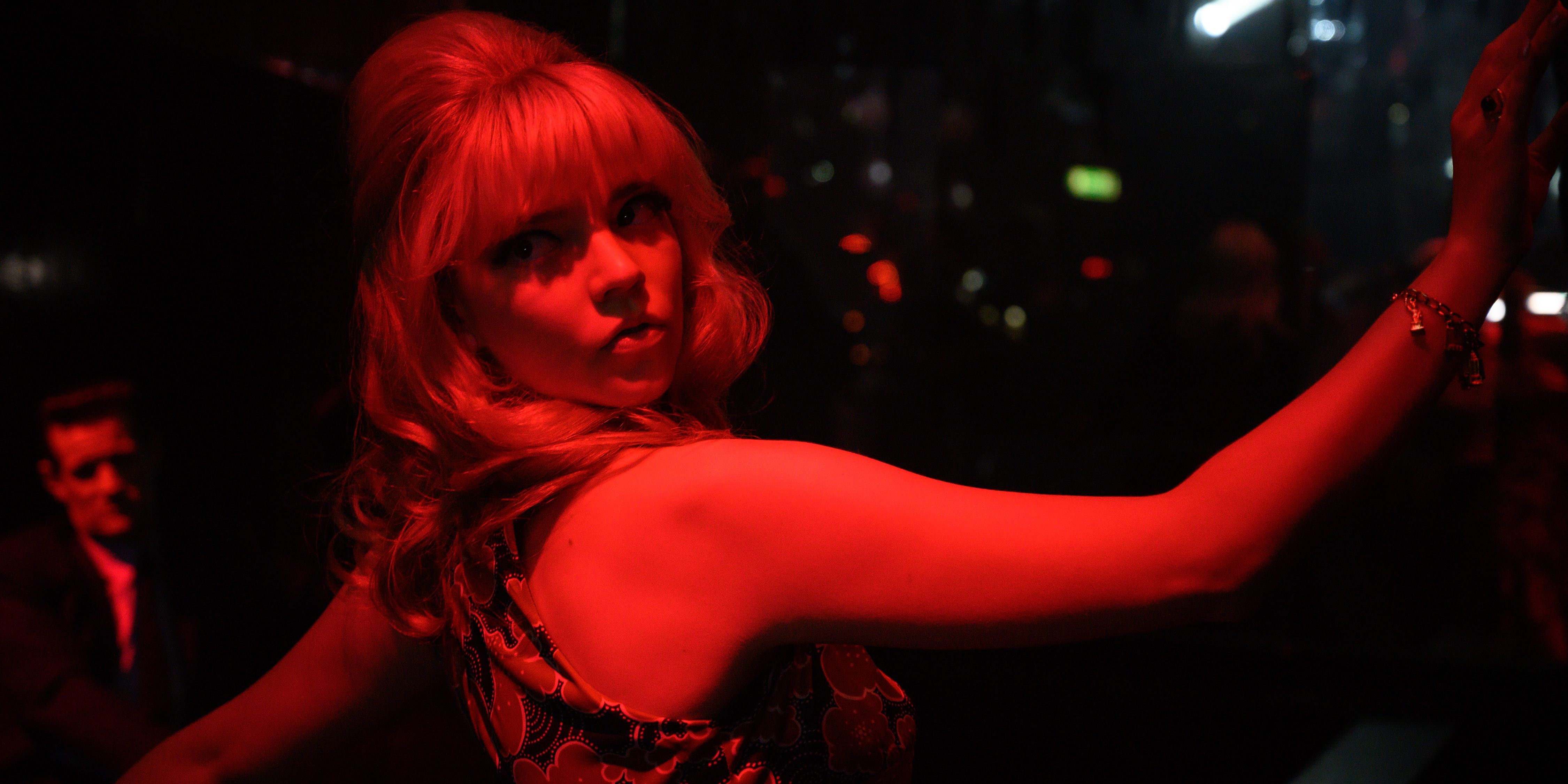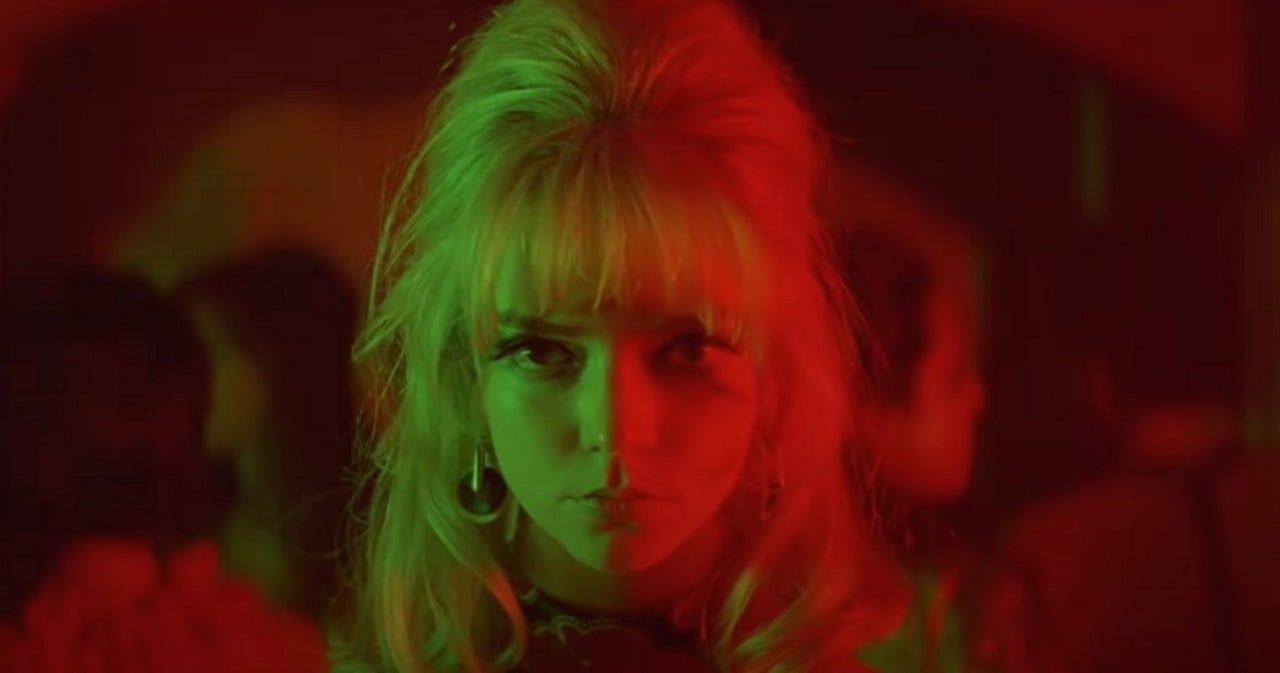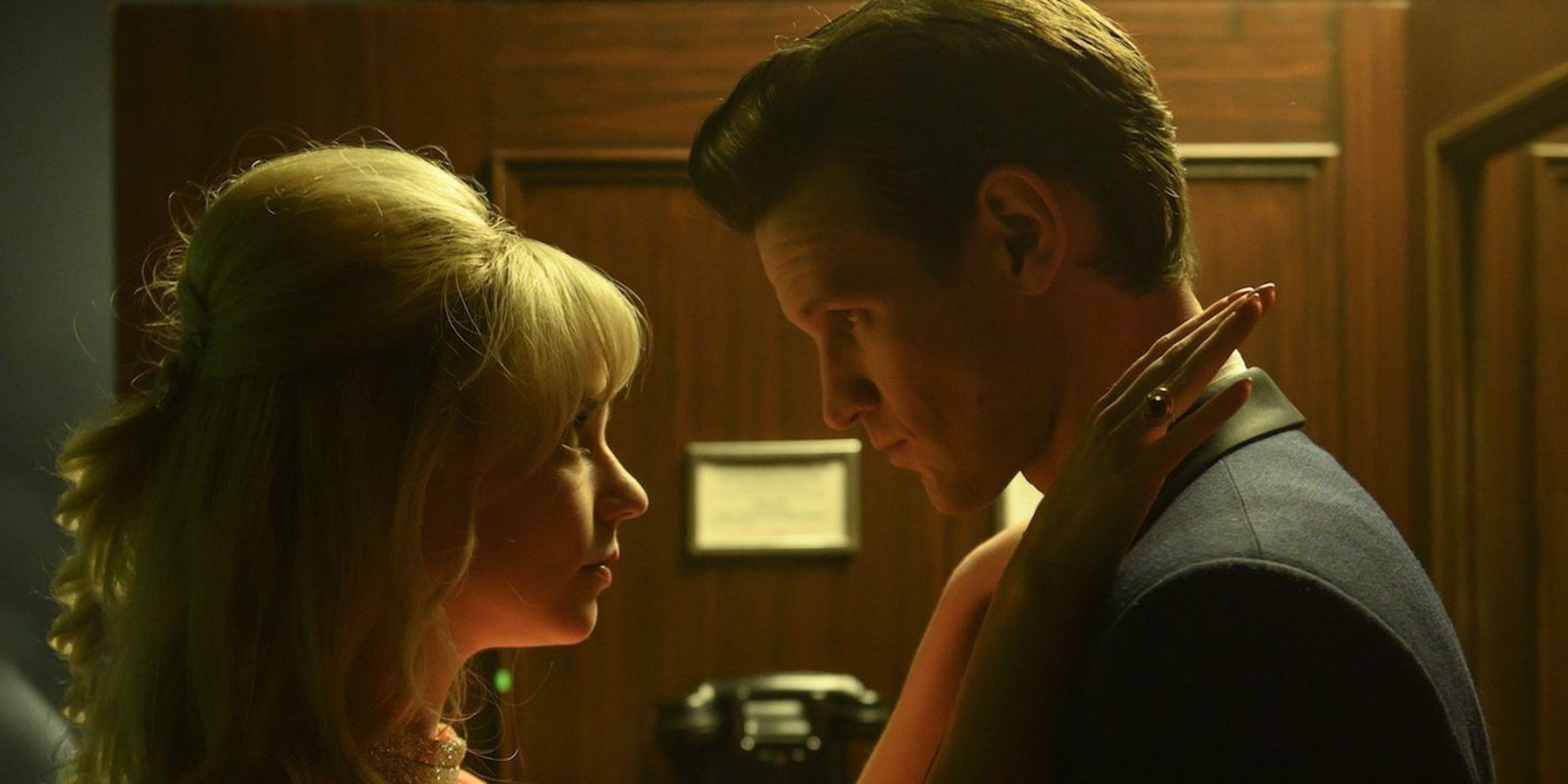Last Night in Soho is a film that’s hard to talk about. Truly, it’s a film where the filmmakers can’t even do a great job promoting it because they can’t fully explain what it’s about. There is time travel, some horror elements, and London in the ‘60s, but outside that, explaining too much would give the premise away, and clearly director Edgar Wright doesn’t want to do that.
For a director who loves to cite his references and wear them on his sleeve, it’s actually odd for Edgar Wright to be so secretive. Last Night in Soho is seemingly his most personal film in terms of its inspirations, but it also feels the most unlike his prior work. Without question, it is one of Wright’s most technically impressive films, but from a story perspective, it has a lot in common with the classic paranoia films of the ‘60s and ‘70s.
Eloise (Thomasin McKenzie) is a fashion student who feels out of place in modern London. Her style and taste are more reflective of London circa 1960, which leaves her feeling isolated in such a busy city. It’s made clear early on that Eloise is special and has the ability to connect with the dead in a way that is never quite explained. Early on that manifests in Eloise’s ability to see “ghosts” but it turns into something else entirely. As Eloise falls asleep in her Soho apartment she jumps into Sandie (Anya Taylor-Joy), a wide-eyed, naive girl living in the same area, only 40 years earlier. Like Eloise, Sandie has big ambitions for life in London, but the bright lights can’t hide the dark underbelly that soon reveals itself to her, and also Eloise.
Last Night in Soho’s clever way of incorporating Eloise and Sandie into the same scene is its greatest triumph. There’s a particularly impressive dance number where Sandie’s suitor, Jack (Matt Smith), rotates between partners seemingly in real-time. Edgar Wright packs the film with a lot of small camera tricks that highlight the idea that Eloise (and to an extent, Sandie) is trapped within this other person’s experiences. Showing Eloise’s reflection instead of Sandie’s, for example, is a common gag used in Last Night in Soho, but it will consistently leave audiences wondering how the crew pulled it off.
Visually, Last Night in Soho is up there with Edgar Wright’s best work in terms of its cinematography and camera work. It’s a feast for the eyes that will certainly reward repeat viewings just to try to pick up every little detail.
But while the film’s aesthetics are top-notch, its story feels a bit jumbled. Playing on the unpredictability of thrillers from the ‘60s, Edgar Wright tries his hands at blurring the lines between a lot of different genres. But in trying to blend genres, the film never really finds a consistent tone and at times it isn’t clear what type of movie it wants to be. It’s a surprising misstep for Wright, who typically pushes himself both on a technical and a narrative level. Last Night in Soho is solid overall but its story is the weakest element.



